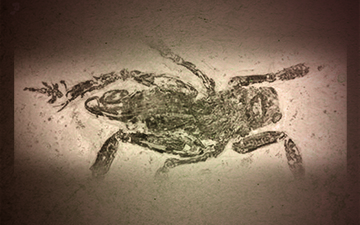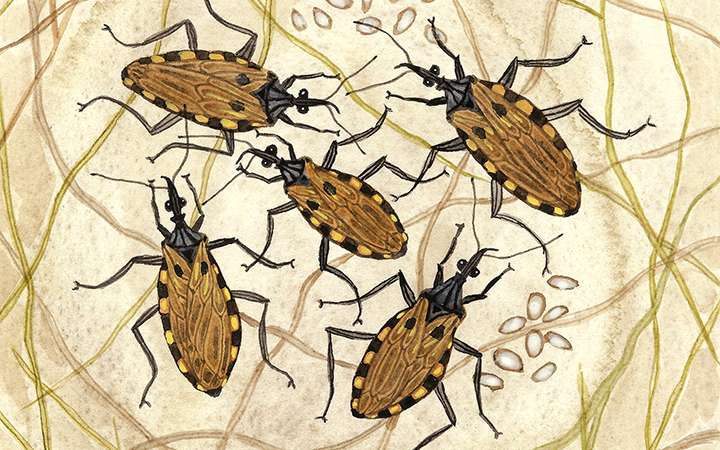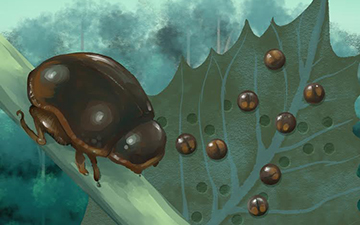Insecta

Bush Cricket
Archaboilus musicus


1 POINTS
Play: This cricket had a MOVE of 1.
Fact: It is believed that the male produced musical songs tuned at a frequency of 6.4 kHz. It fed on leaves and other insects.

Vinchuca
Triatoma infestans



6 POINTS
Play: The vinchuca has a MOVE of 2.
“It is most disgusting to feel soft wingless insects, about an inch long, crawling over ones body; before sucking they are quite thin, but afterwards round & bloated with blood.” Darwin on the Vinchuca, 1835

Leaf Letter Flea Beetle
Aulonodera darwini


4 POINTS
Play: This Flea beetle has a MOVE of 2.
Fact: This is one of four Australian insect species, collected by Darwin during the Beagle voyage, that bear his name.

Northern Rat Flea
Nosopsyllus fasciatus


9 POINTS
Play: The Northern Rat Flea has a MOVE of 2, and must be played adjacent a RODENTIA species.
Fact: This flea is also known for being a minor vector for the plague.

Dragonfly
Anisoptera Infraorder


7 POINTS
Play: The Dragonfly has a FLIGHT of 2.
Fact: In general, large dragonflies have a maximum speed of 10 to 15 metres per second (22 to 34 mph.)

Large Earth Bumblebee
Bombus terrestris


4 POINTS
Play: This Bumblebee has a FLIGHT of 2.
Fact: The Large Earth Bumblebee can navigate its way back to the nest from a distance as far away as 8 miles.